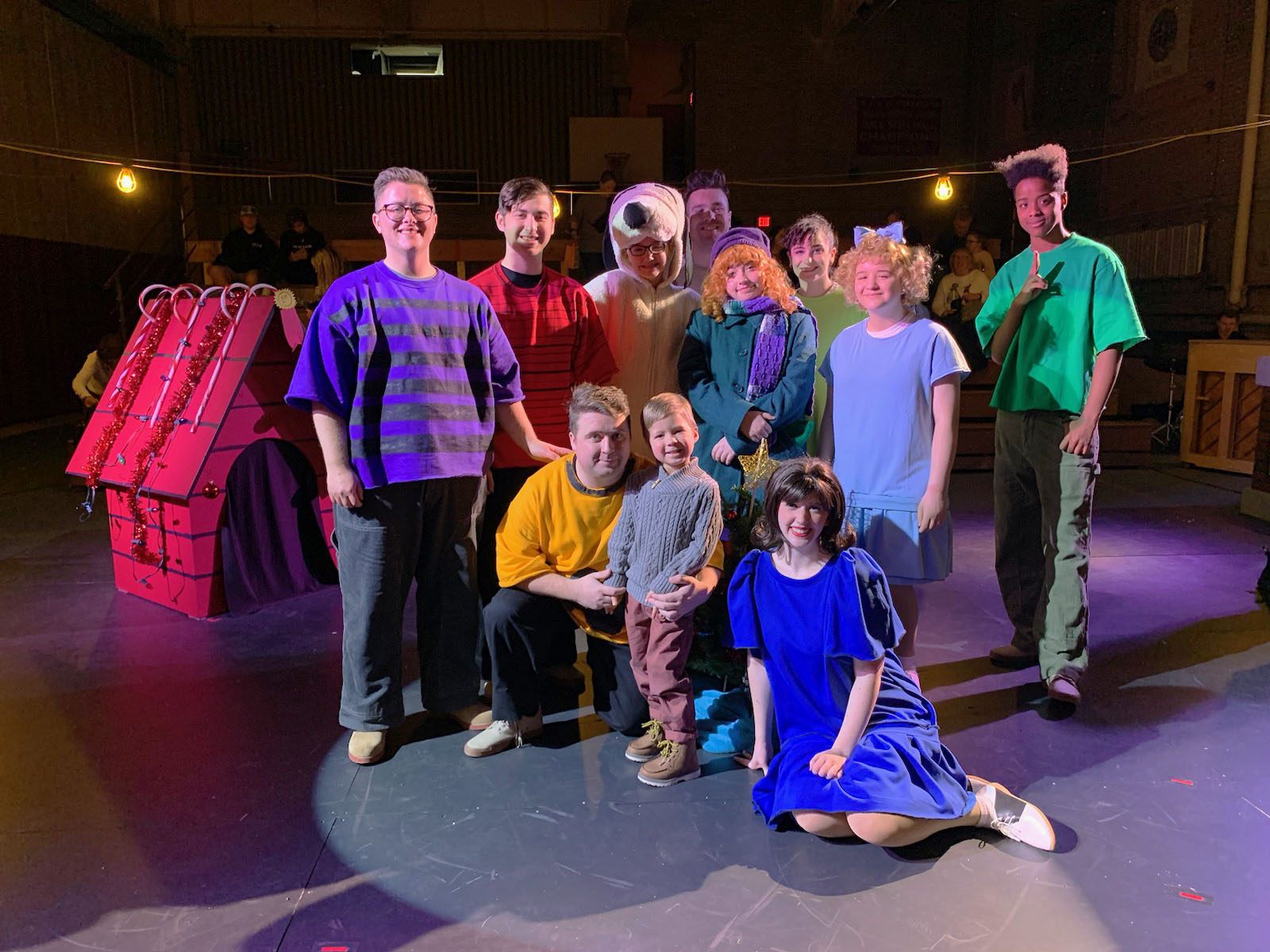Featured News - Current News - Archived News - News Categories
Citizen science teams across path of totality will take advantage of rare opportunity to observe sun’s atmosphere
By the University at Buffalo
As millions gaze up in awe at next week’s total solar eclipse, University at Buffalo scientists will be capturing rare images that could help answer longstanding questions about our nearest star.
The team, led by Beata Csatho, Ph.D., associate chair and professor in the UB department of geology, will be at Lake Erie State Park in Brocton on April 8 to make polarized observations of the eclipse.
Working as part of the Citizen Continental-America Telescope Eclipse (CATE) project, funded by NASA and the National Science Foundation, they will be one of about 40 citizen scientist teams positioned along the 2,500-mile-long path of totality with specialized telescopes.
Altogether, this network of trained volunteers will provide 60 continuous minutes of totality images, showcasing the moment the moon completely blocks out Earth’s view of the sun.
The footage could help scientists learn more about the solar corona – the sun’s outermost atmosphere – like the strength of its solar winds and how magnetic energy there is converted into heat.
“This kind of coronal imaging is made possible by the eclipse, when only the glowing ring of the sun’s corona will be left visible. The scientific community must take advantage of this brief but valuable opportunity,” Csatho said.
Her team, all part of the UB geology department, also includes Toni Schenk, Ph.D., research professor; Ivan Parmuzin, senior research support specialist; Travis Nelson, instructional technician; and Eric Kabe, Ph.D. student.
The team attended a two-day training session in Rochester in February, at which time members were provided the telescope, as well as a camera, laptop and other observing equipment. Since then, they’ve been training on their own, when weather permits, and reporting their data back to CATE, which is led by the Southwest Research Institute in Boulder, Colorado.
The team of geoscientists had no previous telescope experience; Csatho’s research involves remote sensing the Earth from satellite and aircraft.
“As a citizen science project, CATE did not require volunteers to have any science background, let alone a background in astronomy – just an interest in learning about telescopes,” Csatho said. “We think this is a great opportunity for the geology department to take part in a research area that is somewhat new to us.”
Their observations will assist CATE in its three main science objectives. The first is to determine the magnetic connectivity of the middle corona, a region with significant changes in magnetic structures and plasma properties.
The middle corona is difficult to observe – it’s too faint for ground-based coronagraphs, and the required resolution is too fine for space-based instruments. The high-resolution polarized optics used in the CATE project should permit 3-D rendering and clarification of observations made by CATE in 2017, as well as other projects.
The second objective is to measure solar wind, a constant stream of ions and particles that release into the solar system and can affect satellites orbiting Earth. The connection below solar wind flow and the low corona has long been a question, but the more than 60 consecutive minutes of observations from CATE could help distinguish where the solar wind is flowing throughout the corona.
Third, the project aims to characterize the magnetic reconnection in the middle corona. This process is considered the key to understanding nearly all coronal heating, but is difficult to see with most instruments. Conventional eclipse observations do not last enough time to capture changing coronal topology, but CATE’s extended observation will.
The project also aims to educate. All of the eclipse data gathered will be made available to the public following calibration and integration, and volunteers are expected to participate in community education activities leading up to, during, and after the eclipse.
In addition, UB will be able to keep the telescope provided to Csatho’s team, on the condition that the university makes it available for the community.
“We feel that we can contribute to something that is bigger than us,” Csatho said. “In research, there is always this power that you are contributing to a bigger world.”





























